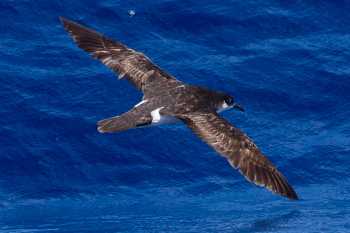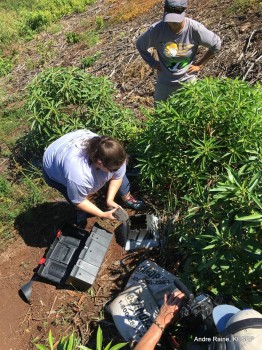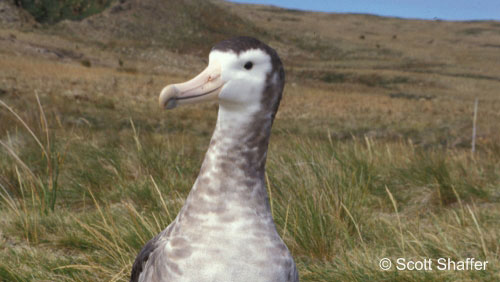Yukiko Inoue (National Research Institute of Far Seas Fisheries, Shizuoka, Japan) and colleagues submitted a paper on seabird bycatch to the 12th Meeting of the Working Party on Ecosystems and Bycatch (WPEB12) of the Indian Ocean Tuna Commission (IOTC) held in Victoria, Mahé, Seychelles earlier this month.
The document’s abstract follows:
“We analyzed the factor affecting bycatch occurrence rate. Random forest was applied to analyze. We constructed four models examining effect of species group, season, year, environmental factors, distance from the colonies, a lunar phase, and catch of fish. Our model was likely to be a statistically appropriate model because out of bags is an acceptable range though a little high. Dominant variables in common with analyzed four models were latitude, longitude, elapsed days from the first day of the year, number of observed hooks, species group, sea surface temperature in this study. Also year, cruise ID and lunar phase were dominant variables in common with two to three models. Those variables would have the large impact on bycatch occurrence rate. Thus, it was suggested that those variables should be considered in the comparison between CPCs and in the collaboration work.”
Reference:

Indian Yellow-nosed Albatross near Amsterdam Island, photograph by Kirk Zufelt
Inoue, Y., Kanaiwa, M., Yokawa, K. & Oshima, K. 2016. Examination of factors affecting seabird bycatch occurrence rate in southern hemisphere in Japanese longline fishery with using random forest. IOTC–2016–WPEB12–INF07. Unpaginated.
John Cooper, ACAP Information Officer, 29 September 2016

 English
English  Français
Français  Español
Español 





